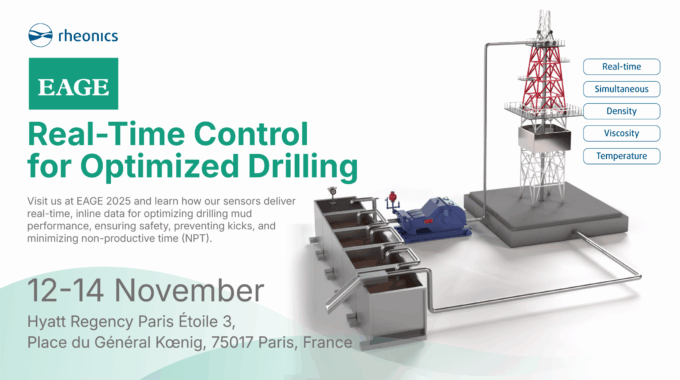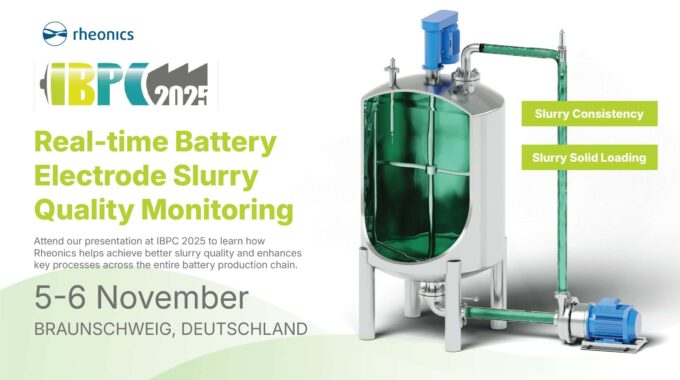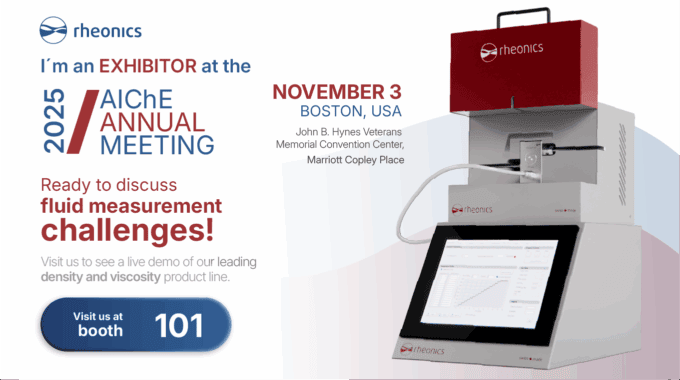
Rheonics at the First EAGE Workshop on Surface Logging
SESSION DETAILS
Session
Drilling & Performance
Topic
Real-Time, Inline Monitoring of Mud Weight and Rheology using a Symmetric Torsional Resonator Sensor
Date & Time
November 12, 2025 @ 10:00 AM, Paris, France
Location
Hyatt Regency Paris Étoile 3, Place du Général Kœnig, 75017
Presenting Author
Dr. Sunil Kumar, CEO, Rheonics
Co-Authors
Dr. Joe Goodbread, CTO, Rheonics
Dr. Vijoya Sa, COO, Rheonics
Accurate control of drilling mud properties is essential to ensure safe and efficient drilling operations. Mud density (mud weight) and viscosity directly influence wellbore stability, cuttings transport, and pressure control. Traditional measurement methods, such as mud balances and Marsh funnels, are manual and intermittent, creating critical time delays that can lead to costly non-productive time and safety risks.
This presentation introduces a novel inline, real-time monitoring solution based on Rheonics’ Symmetric Torsional Resonator (SRD) technology. Designed for the harsh rig environment, and it is usually installed in key locations such as the mud return line (possum belly) and mixing tanks, the SRD sensor continuously measures drilling mud density and viscosity with laboratory-level precision, even under high pressure and temperature. Its balanced torsional resonator design eliminates the impact of external vibrations, ensuring reliable, high-fidelity data directly from the mud circulation system.
The technology enables proactive drilling decisions by providing continuous, actionable insight into downhole and surface events. Early detection of gas influxes, verification of mud conditioning, and identification of reactive formations become possible in real time, enhancing safety, reducing non-productive time, and supporting the digital transformation of drilling operations.
- Understand the limitations of traditional, manual drilling fluid measurement methods.
- Explore the working principle and advantages of the balanced torsional resonator sensor (SRD).
- Learn how real-time rheological monitoring enhances operational safety and drilling performance.
- Recognize how continuous data enables early detection of downhole events and reduces NPT.
- Discover how high-frequency mud property data supports digitalization and automation in drilling operations.


